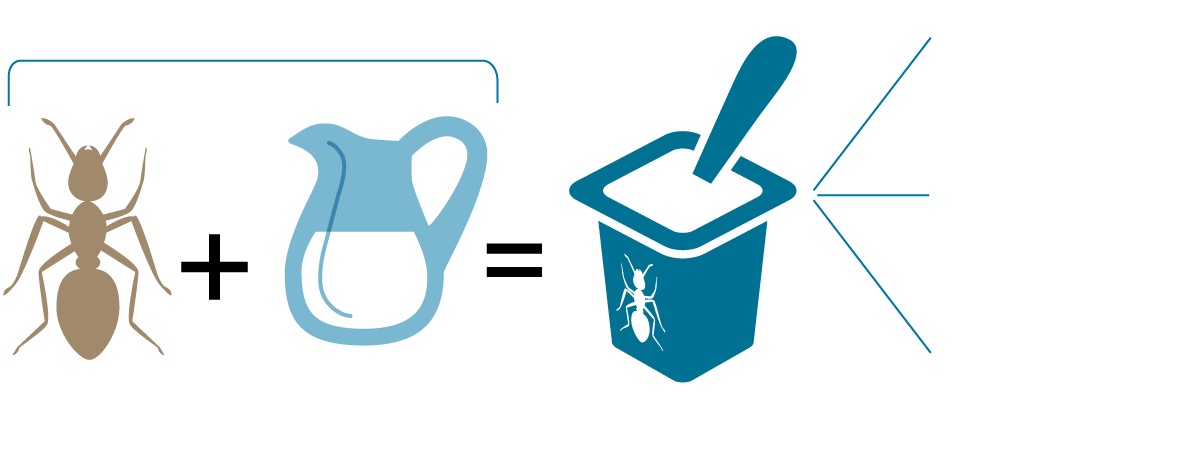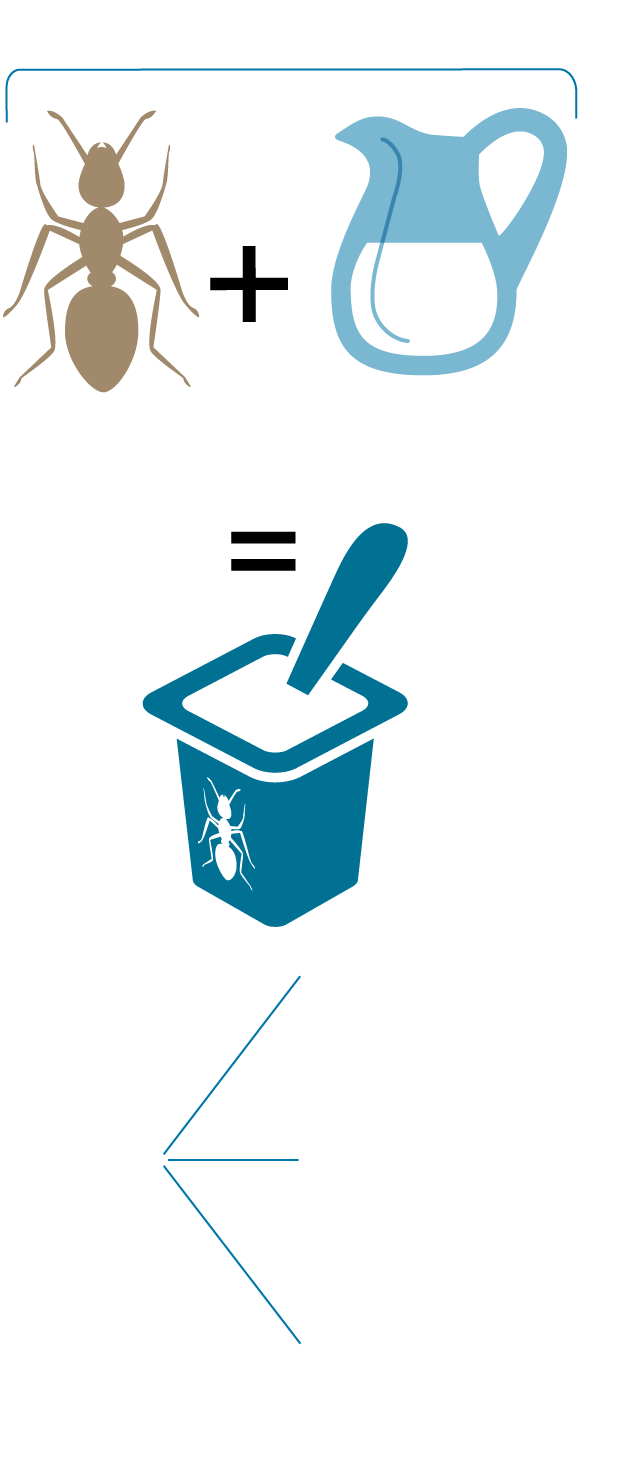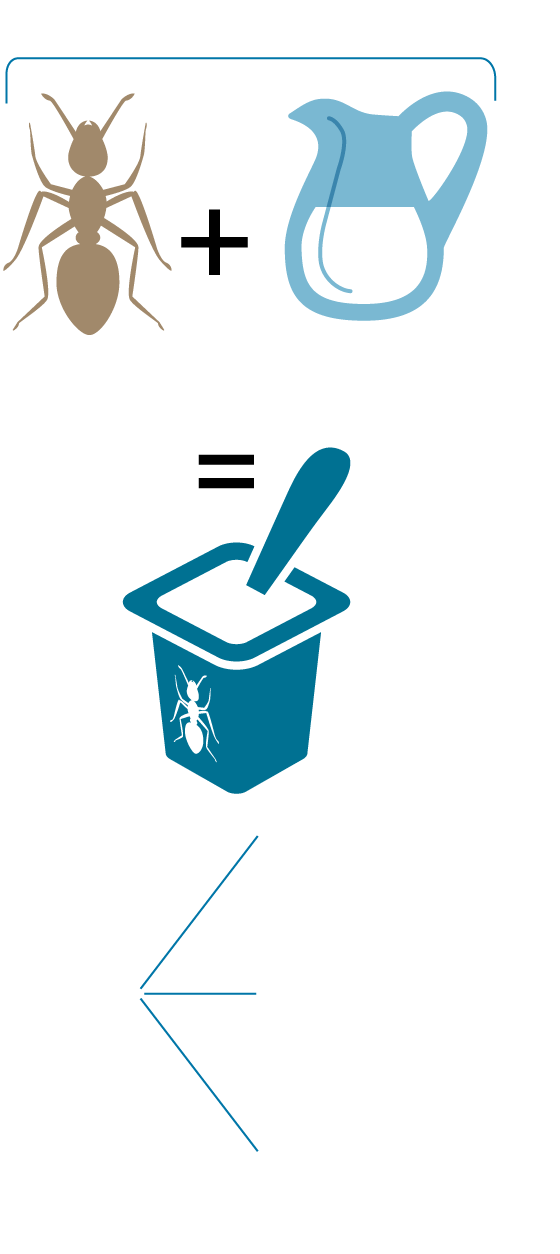Ant yogurt, the forgotten Balkan recipe that scientists have recovered
Insects fermented with milk provide a slightly acidic, grassy flavor with notes of fat from grass-fed cattle.


BarcelonaOn January 1, 2018, the European Union recognized insects as food. Since then, much has happened, and efforts have been made to introduce this nutritious and more sustainable protein in formats that would generate less rejection among the population. whether in the form of flour, biscuits or barsInsects are a normal part of the diet in many places around the world, whether in America or Asia. But now, scientific research has located an almost forgotten recipe on the European continent. In the Balkans and Turkey, it was common to make ant yogurt.
Researchers have recreated a nearly extinct yogurt recipe and explained their findings in an article published Friday in the journal iScience from Cell Press. The team shows that the ants' bacteria, acids, and enzymes can initiate the fermentation process that turns milk into yogurt. The research highlights how to find inspiration in traditional practices to propose new approaches. Especially now, when fermentation techniques are experiencing a moment of great popularity in our country, and experts are busy holding workshops for interested people.
The researchers traveled to Bulgaria to understand how yogurt is made and then to dissect its process. The red ant (of the family Formica) is what's used to make yogurt. Four strains in a jar of warm milk would be enough. They then ferment it directly in the anthill. The resulting yogurt is "slightly acidic, grassy, and with notes of fat from grass-fed cattle," according to the researchers.
"Today's yogurts are typically made with just two bacterial strains," explains the study's lead author, Leonie Jahn of the Technical University of Denmark. "If you look at traditional yogurt, it has a much higher biodiversity, which varies by location, household, and season. This adds more flavors, textures, and personality," Jahn explains.
What they discovered is that ants carry lactic and acetic acid bacteria. The acids produced by these bacteria help coagulate dairy products. One type of these bacteria was similar to what was found in commercial sourdough bread. Formic acid, which is part of the ant's natural chemical defense system, acidifies the milk, affects its texture, and likely creates an environment for the acid-loving yogurt microbes to thrive, the researchers say. The ant's enzymes and microbes work together to break down milk proteins and turn the milk into yogurt.
To make the yogurt, they tested live, frozen, and dehydrated ants. But only live ants are capable of seeding a suitable microbial community. But care must be taken regarding food safety, as live ants can carry parasites. An issue that pre-freezing could remedy.
To go further and make the leap into the restaurant world, the researchers enlisted the help of chef Rasmus Munk of the Danish restaurant Alchemist. Munk, known for his provocative approach to cooking, which he describes as "holistic" and combines culinary technique, creativity, and spectacle, had previously served insects. This time, they served their customers various combinations, including ant-shaped yogurt ice cream sandwiches, mascarpone-like cheeses with a spicy kick, and cocktails inspired by ant yogurt, using insects as a key ingredient.
For the lead researcher, it's "really valuable to provide scientific evidence that these traditions have a deep meaning and purpose, even if they may seem strange or more like myths." For them, popular knowledge and biocultural heritage could therefore be one of the keys to addressing the food challenges of the future.



